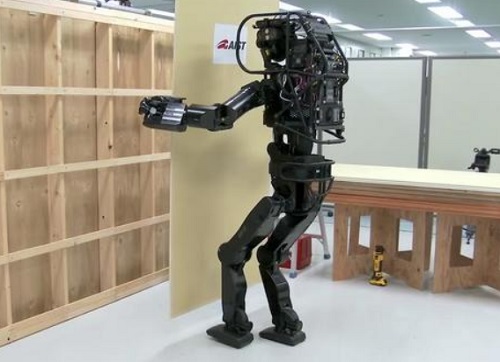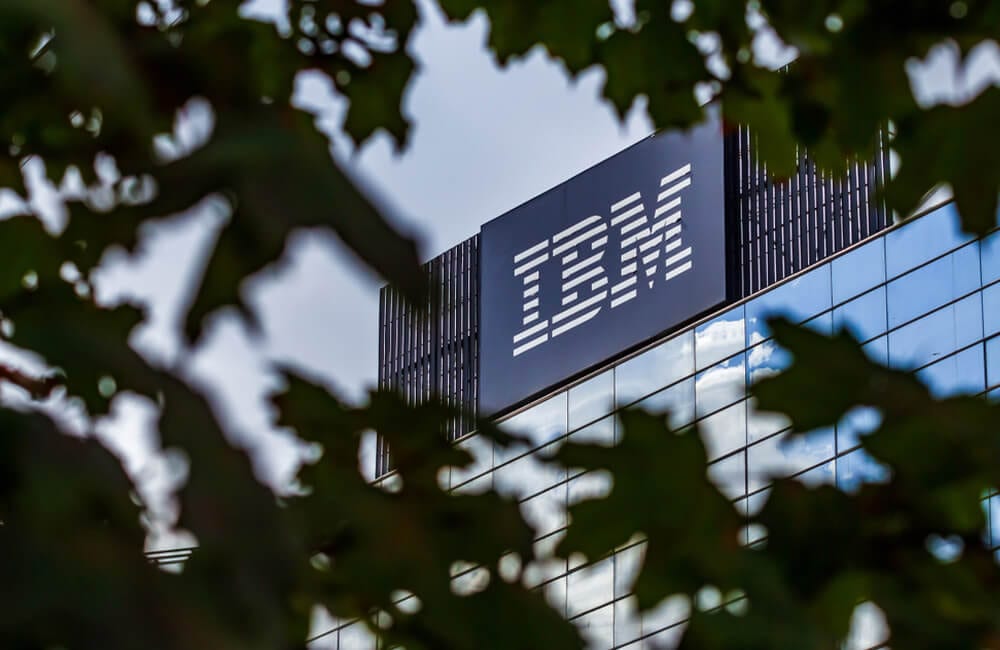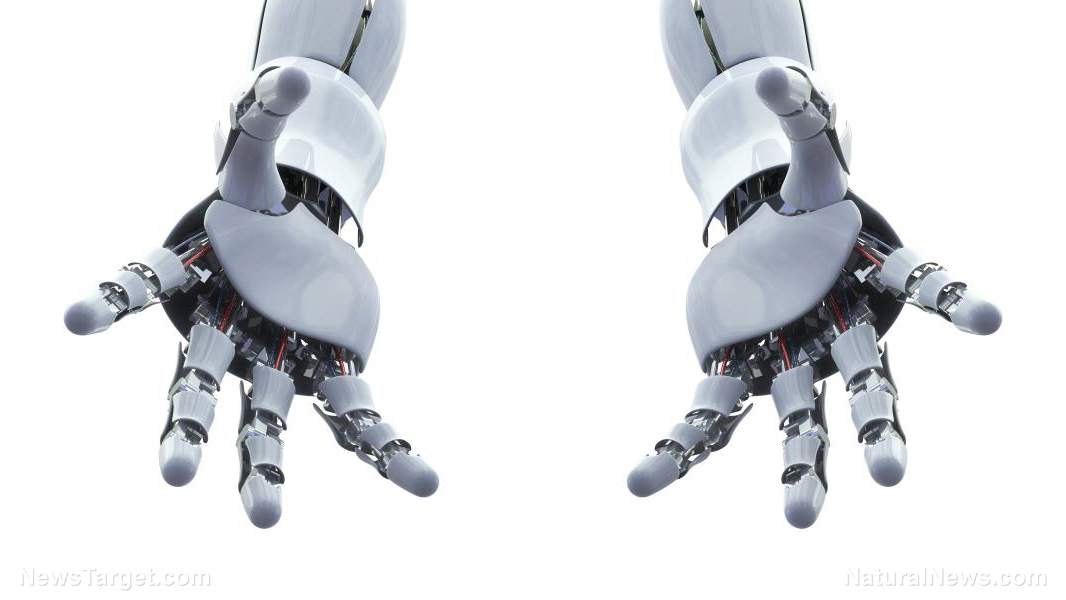
Two Japanese convenience stores have adopted a seven-foot-tall robot to restock store shelves. The robots, controlled remotely using virtual reality (VR), address concerns over social distancing for human employees in the workplace and Japan’s impending critical labor shortage.
Japanese robotics company Telexistence is responsible for the robotic stock clerk, dubbed Model-T after Henry Ford’s famous automobile. The seven-foot Model-T possesses a wide range of motion necessary for lifting and moving products around. It is connected to a human operator remotely manipulating the robot using VR, with a lag time of only 50 milliseconds between the robot and the human controller.
FamilyMart aims for new store operation with Model-T
Convenience store chain FamilyMart has partnered with Telexistence to deploy the Model-T robot for replenishing shelves. The company expressed its intent to create “a completely new store operation” by making restocking work automated and remote -- saving a huge chunk of working time as a result.
“By introducing Model-T into stores, FamilyMart store staff will be able to work in multiple stores from a remote location, which will help solve challenges around labor shortage and help create new job opportunities,” the company said in a statement. It also added that the adoption of Model-T “will lead to the reduction of human-to-human contact to help prevent the spread of COVID-19.” (Related: Robots now automating the harvesting of cucumbers in Germany.)
In FamilyMart’s pilot program, an operator logs into a VR terminal from Telexistence’s office and remotely operates a Model-T installed at a store five miles away. The robot will restock plastic beverages at the back of the store -- which largely comprises the workload in convenience stores -- for the meantime. Model-T will then move on to handle other popular food items such as rice balls, sandwiches and lunch meal boxes once its speed and accuracy are verified.
The company hopes to deploy Model-T in up to 20 stores by 2022, with the end goal of putting one in every store location. FamilyMart is no stranger to automation: Prior to its adoption of Model-T, it tested self-checkout systems in 2006 -- way before the concept became ubiquitous in the West.
Asia leading the way in robotic augmentation of human workforces
Japanese convenience store chain Lawson also rolled out Model-T in one of its locations. Telexistence said in a blog post that the convenience store -- part of the Mitsubishi conglomerate -- tapped Model-T to do restocking work at its Tokyo Port City Takeshiba branch.
Meanwhile, other countries in Asia have followed suit in putting robots in the workforce.
Two South Korean restaurants -- No Brand Burger and Mad for Garlic -- now use robots to serve food to customers. Patrons at No Brand Burger just click on menu items they want to order, pay the total, and wait for a serving robot to bring their items. Meanwhile, customers at Mad for Garlic get their food from a robotic wait staff that use 3D space mapping to move through tables and avoid obstacles.
The Foodom restaurant in Guangzhou, China prides itself on having robots in its staff -- 46 of them, in fact. A robot waiter guides customers to their seats as it chats with them. Robots also gather the ingredients for menu items that customers order and cook the dishes based on Southern Chinese cuisine. The restaurant still has a few human servers in charge of guiding new customers.
Robots such as Model-T may have limitations on their own, but prove effective when paired with human control. They can outperform humans in manufacturing plants accommodated to them, but not in more unpredictable urban settings. Theoretically, one human operator can take control of multiple robots in convenience stores with the same layout and inventory. Linking human operators to robots using VR goggles and motion-sensor controls is cost-effective compared to complex programming that calls for more funding and development time.
Find out more news about robots in the workforce at FutureTech.news.
Sources include:
Please contact us for more information.





















